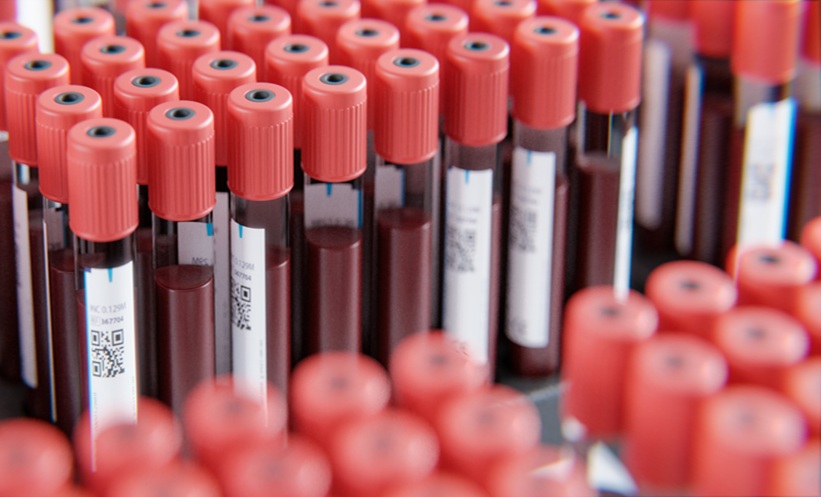INTRODUCTION
Since the introduction of holmium laser enucleation of the prostate (HoLEP) into the armamentarium of benign prostatic hyperplasia (BPH) treatment, HoLEP has been proven to be a minimally invasive, size-independent method with excellent long-term results. Thulium vapo-enucleation of the prostate (ThuVEP), an alternative procedure mimicking the HoLEP technique, has been shown to be a size-independent procedure for the surgical treatment of BPH with low perioperative morbidity and good long-term results. However, no randomised controlled trial (RCT) has compared the ThuVEP technique with HoLEP in large volume BPH so far. We present the first RCT comparing the outcomes of ThuVEP with HoLEP in large volume BPH during 6-month follow-up.
METHODS
A RCT comparing ThuVEP with HoLEP was performed from February 2015–February 2016 at our department. A total of 94 consecutive patients were randomised to ThuVEP (n=48) or HoLEP (n=46). The patients were assessed preoperatively by means of International Prostate Symptom Score (IPSS), quality of life, maximum urinary flow rate (Qmax), post-void residual urine (PVR), prostatespecific antigen (PSA), and prostate volume measurement. The patients were reassessed using the same tests at 1-month and 6-month follow-up.
RESULTS
There were no statistically significant differences in any baseline characteristics between the groups. The median prostate volume was 80 mL. The median operative time was 60 minutes without differences between the groups. There were no differences between the groups regarding the median catheter time (2 days) and postoperative stay (2 days). Clavien 1 (13.8%), Clavien 2 (3.2%), Clavien 3a (2.1%), and Clavien 3b (4.3%) complications occurred without differences between the groups. At 6-month follow-up, median Qmax (10.7 versus 25.9 mL/s), PVR (100 versus 6.5 mL), IPSS (20 versus 5), quality of life (4 versus 1), PSA (4.14 versus 0.71 μg/L), and prostate volume (80 versus 16 mL) had improved significantly (p<0.001) compared to baseline without differences between the groups. The median PSA decrease was 79.7%, which corresponded to a prostate volume reduction of 74.5% without differences between the groups. The reoperation rate was zero at 6-month follow-up.
CONCLUSIONS
ThuVEP and HoLEP are safe and effective procedures for the treatment of symptomatic large volume BPH. Both procedures give equivalent and satisfactory micturition improvement with low morbidity and sufficient prostate volume reduction at 6-month follow-up.








